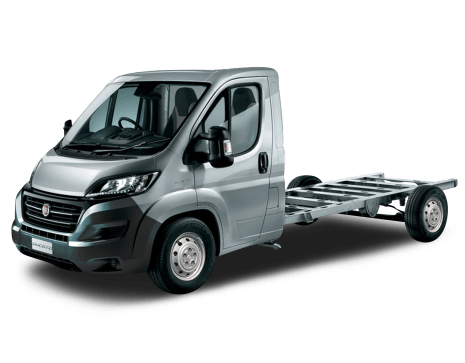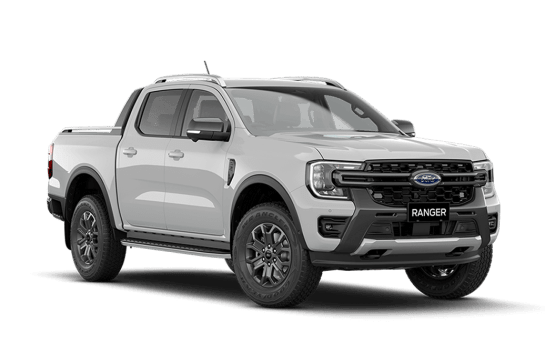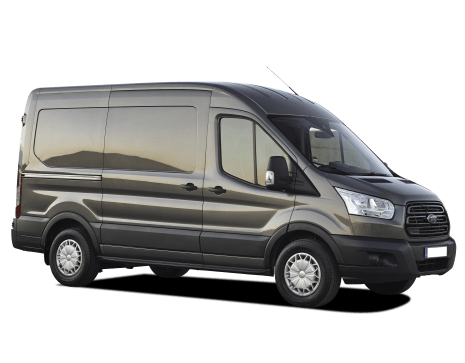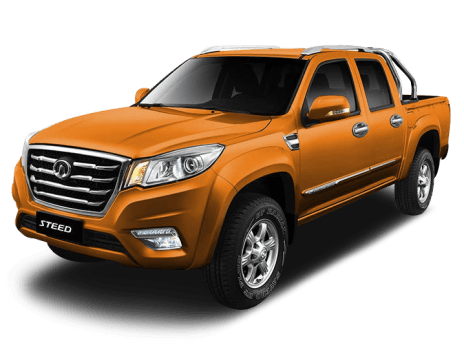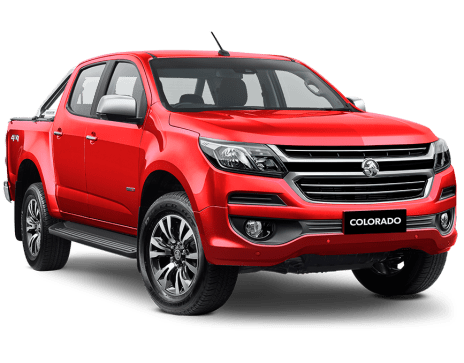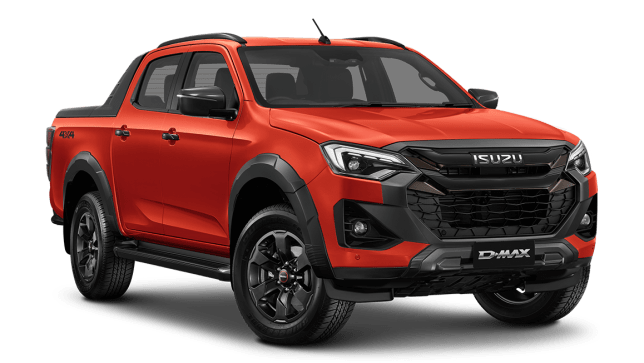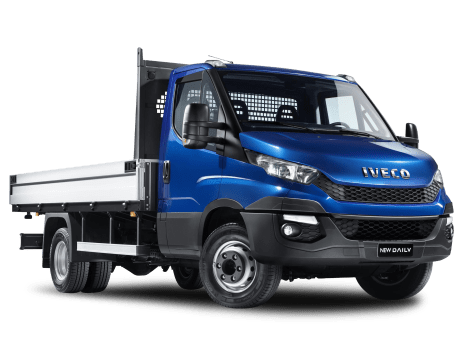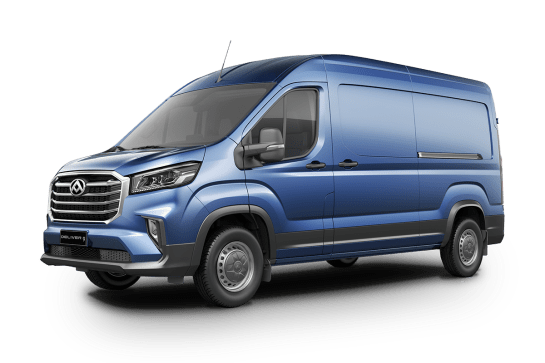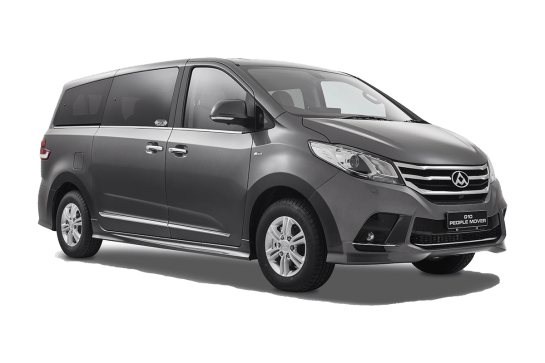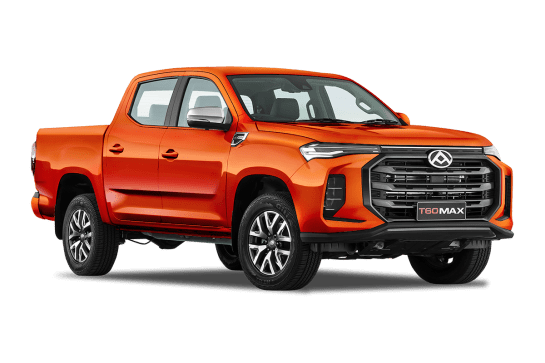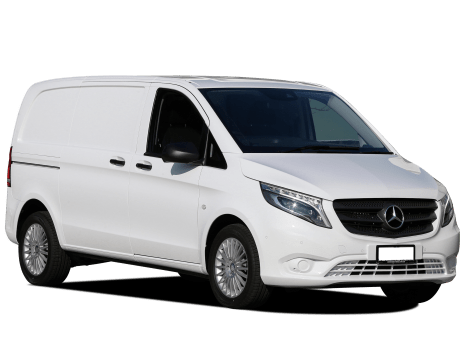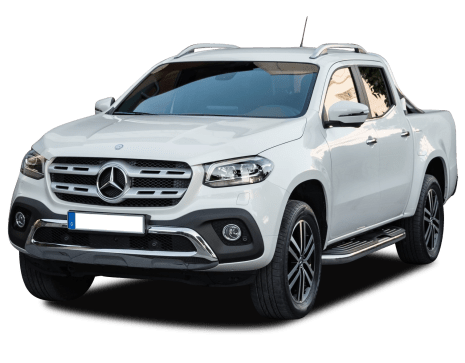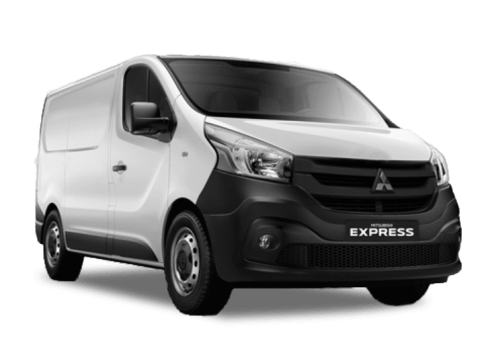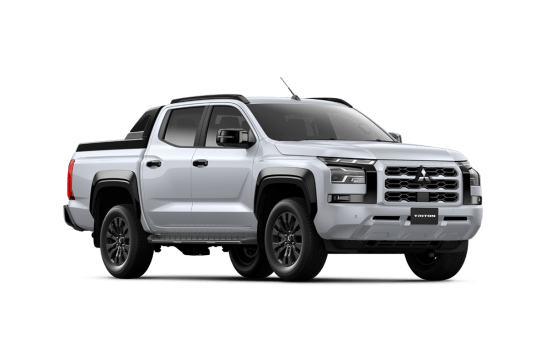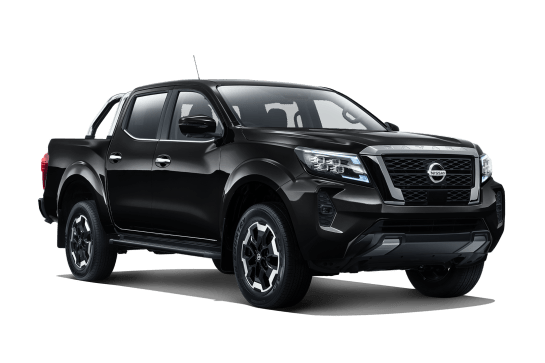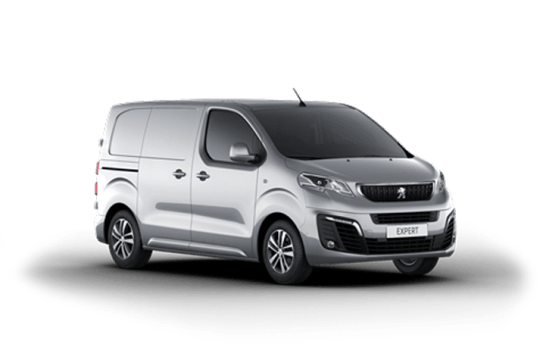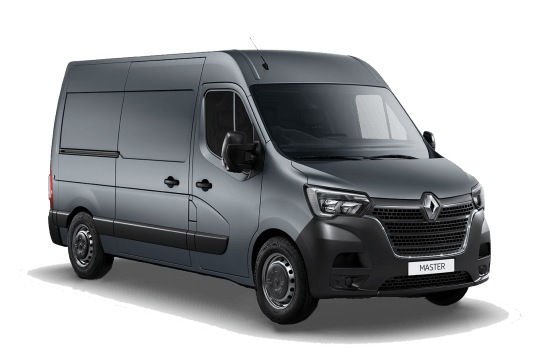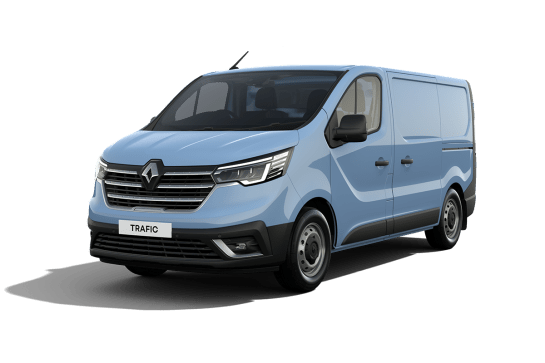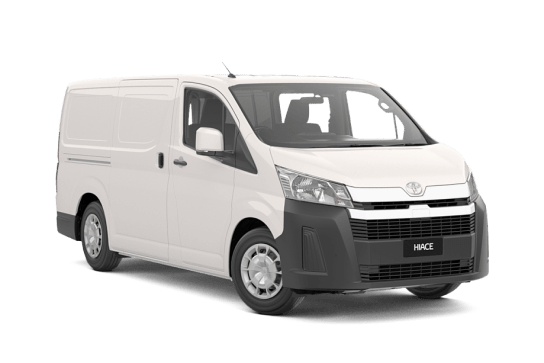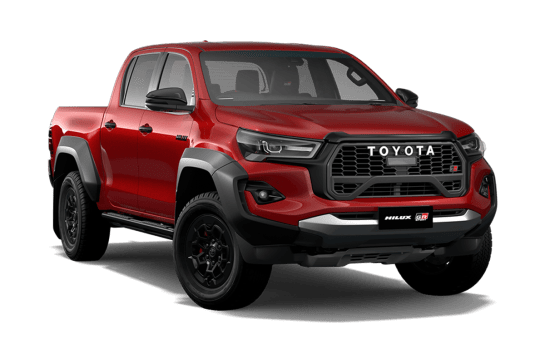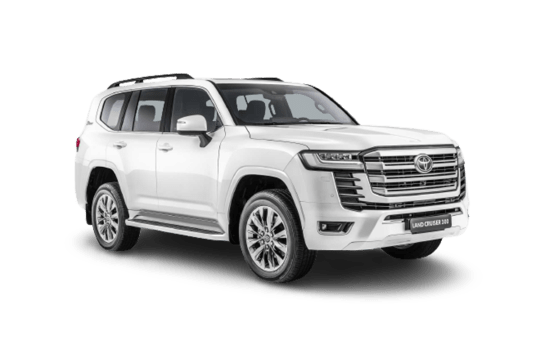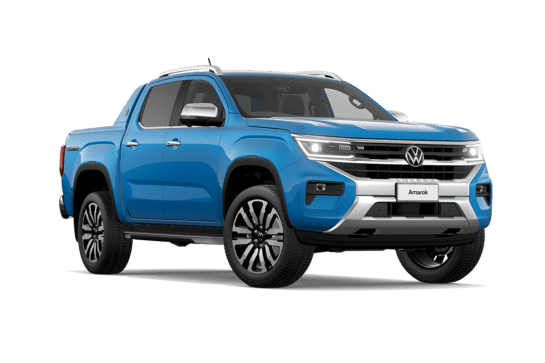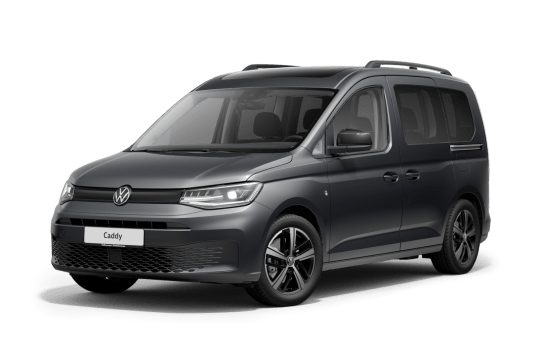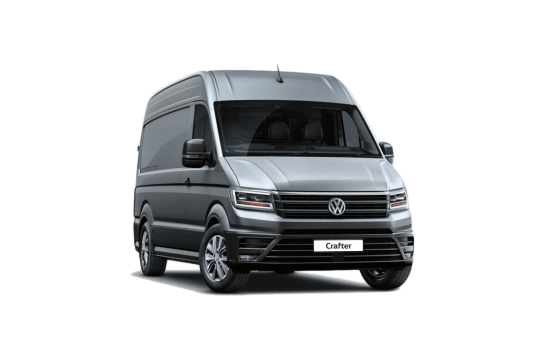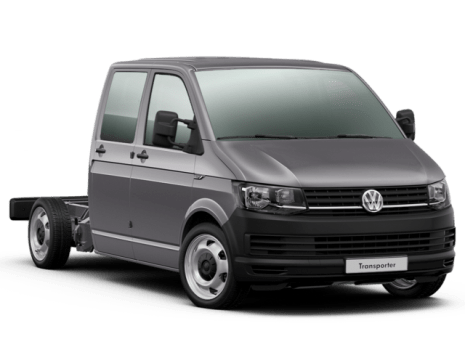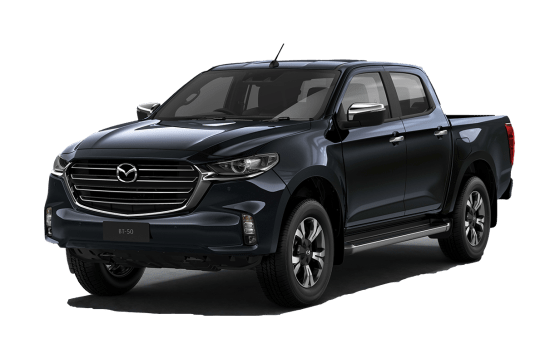
Mazda BT-50 VS Ford Transit
Mazda BT-50
Likes
- Five-star ANCAP (2022)
- Design/build quality
- Load-hauling ability
Dislikes
- Large GVM reduction to tow 3500kg
- Single USB-C port for rear passengers
- No driver’s seat cushion rake adjustment
Ford Transit
Likes
- Benchmark safety
- Engine performance
- Peerless design and function
Dislikes
- Limited engine braking
- Cluttered rear-view mirror
- Impractical braked tow rating
Summary
Mazda BT-50
Mazda’s third generation BT-50 has been a solid performer since its launch in 2020. In the first quarter of 2025, VFacts industry sales figures show it was the sixth most popular model in Australia’s fiercely competitive 4x4 ute market, where 13 brands and 16 models compete for buyers.
Although it shares its chassis underpinnings, powertrains and body hard-points with Isuzu’s D-Max and is manufactured by Isuzu in Thailand, Mazda’s signature styling ensures the BT-50 not only has a distinctly different appearance to its donor but also much broader visual appeal than its predecessor.
In 2025 Mazda has launched an updated BT-50 range that includes mildly facelifted styling plus enhanced multimedia software and driver info.
Read more about
- 'We don't need a Raptor rival': Why Mazda's new BT-50 has prioritised customer choice instead of a flashy name
- Look out, Toyota RAV4 Hybrid! Mazda CX-5 Hybrid launch timing, name and price range locked in as debut of hotly anticipated family SUV looms
- Mazda's big plans for Australia: Japanese brand to bring hybrids, plug-in hybrids and electric cars Down Under to battle popular cars such as the Toyota RAV4 Hybrid, Mitsubishi Outlander PHEV and Kia EV5
Given our tradie focus, we recently spent a week in one of the work-focused 4x4 models to see if it’s up to the job.
| Safety rating | |
|---|---|
| Engine Type | 3.0L turbo |
| Fuel Type | Diesel |
| Fuel Efficiency | 8L/100km |
| Seating | 5 seats |
Ford Transit
There’s an old saying that if you want to become really good at something, then just keep doing it. That certainly applies to Ford and its iconic Transit van, which following its launch in 1965 has evolved through four generations, an expanded choice of variants and total production of around 10 million units.
During those 55 years Ford has also benefited from customer feedback in helping to shape future model development. The latest VO Transit range, which competes in the LD (light duty) 3501-8000kg GVM category, embodies everything Ford has learned in that time. And we must say, after a busy week of testing, it’s impressively hard to fault.
| Safety rating | — |
|---|---|
| Engine Type | 2.0L turbo |
| Fuel Type | Diesel |
| Fuel Efficiency | —L/100km |
| Seating | 3 seats |
Verdict
Mazda BT-508.6/10
The MY25 Mazda BT-50 benefits from its robust Isuzu underpinnings to excel in this dual cab-chassis configuration, particularly with Mazda’s premium heavy-duty aluminium tray as fitted to our test vehicle. Fact is, apart from the big drop in payload required to tow 3500kg (but it’s not alone there) it’s hard to find any major flaws. Overall, it’s an excellent workhorse that would be well suited to a multitude of tradie tasks.
Ford Transit9.5/10
Clearly Ford has learned a lot after five and a half decades of making Transit vans. Put simply, this is the most comfortable, best designed, best equipped, safest and most competent van in the LD 3501-8000kg GVM class that we’ve tested. It really is that good.
Design
Mazda BT-50
It must be said that Mazda’s stylists did a commendable job with the third-gen BT-50 when it launched in 2020. Five years later it still looks fresh and we’re yet to find anyone who doesn't like its styling, which is in stark contrast to its polarising predecessor.
Its exterior sculpting embodies Mazda’s design language to maintain a strong family resemblance to the popular CX line of SUVs, yet does not detract from the tough and purposeful appearance expected of a 4x4 ute.
The MY25 facelift includes a newly designed front bumper, radiator grille and unique LED headlights. At the rear, pick-up models incorporate what Mazda describes as a ‘mountain-inspired ridged design’ along the bottom edge of the tailgate, along with new LED tail-lights and a larger Mazda logo.
Apart from the mountain-inspired ridged design, also evident on the glove box lid, the latest XTR interior is largely unchanged, blending different shades of grey with satin chrome highlights on the dashboard and door linings, contrasting fabric seat trim, exposed stitching on seams and adjustable centre console air conditioning vents for rear seat passengers.
Ford Transit
It has an expansive 3750mm wheelbase, which helps to explain its large 13.3-metre turning circle. It’s also 5981mm long and 2112mm wide but its 2541mm height (the High Roof version is 2780mm) means it can’t access shopping centre and underground car parks.
The robust front-wheel drive chassis features simple and rugged MacPherson strut front suspension, power-assisted rack and pinion steering and four-wheel disc brakes. The rear suspension is a proven load-carrying design, comprising single-element leaf springs and a thick hollow-section steel beam axle. Large rubber cones mounted on the underfloor above the axle on each side can provide a second stage of springing if needed to support heavy loads.
There’s hard-wearing black plastic where bumps and scrapes are most likely, including the grille, front and rear bumpers, sills and side body mouldings, plus big truck-sized door mirrors with the bottom thirds fitted with wide-angle lenses. The cabin is separated from the cargo bay by a steel bulkhead to eliminate cargo bay noise and double as a stout cargo barrier.
The cabin itself is classy for a commercial van, from the leather-wrapped steering wheel to the clean and functional dash lay-out with splashes of satin chrome. Black and grey seat fabrics also contrast tastefully with light beige windscreen pillars and roof/ bulkhead linings.
The cargo bay’s twin rear barn-doors display on-the-job smarts, as they not only open a full 270 degrees but when in that position engage solidly with large magnets mounted on each side of the van. If you’ve ever battled in high winds to stop unsecured 270-degree barn-doors trying to slam shut with fearful force when loading or unloading, you’ll appreciate this feature.
Practicality
Mazda BT-50
Our test vehicle’s 1910kg kerb weight and 3100kg GVM results in a meaty 1190kg payload rating. However, that drops to 891kg after you deduct the combined weight of the premium heavy-duty aluminium tray (243kg), nudge bar (9.0kg) and towing kit (47kg).
It’s also rated to tow up to the class-benchmark 3500kg of braked trailer but with its 6000kg GCM (or how much it can legally carry and tow at the same time), towing that weight would require a substantial 590kg reduction in payload to avoid exceeding the GCM.
Even though few (if any) BT-50 owners would need to tow 3500kg, it’s important to be aware of these numbers if the need arose, to ensure the combined weight of your vehicle and trailer does not exceed the legal limit.
The premium heavy-duty aluminium tray from Mazda’s genuine accessories range is a nice bit of kit with its Mazda-branded tailgate decals and mudguards.
The tray is almost square with internal dimensions of 1800mm length and 1777mm width. And it has numerous internal load-anchorage points, external rope-rails and a sturdy mesh-style rear window protector, plus removable ‘quick-lock’ ladder racks with fold-down load retainers up top.
There’s also a 1500mm-long underbody drawer with adjustable internal dividers and a four-stage incremental locking system. An HDP (High Density Polyethylene) 25-litre water tank complete with tap and handwash bottle-holder resides under the right side of the tray, with a sizeable and lockable HDP toolbox under the left side.
The driver and front passenger have comfortable bucket seats and the rear bench is also accommodating, with ample head and kneeroom even for tall people.
However, shoulder room would be tight for three big tradies, so like most dual cabs short of a full-size US pick-up it’s tolerable for short trips as a five-seater but works best as a four-seater for longer drives.
Cabin storage includes a large-bottle holder and bin in the base of each front door and the dash has upper and lower glove boxes, an overhead glasses holder and a pull-open compartment to the right of the driver’s knee for small items.
The centre console has an open tray at the front, dual small-bottle/cupholders in the centre and a small box at the rear with a contoured lid that doubles as a driver’s elbow rest.
Rear passengers get a large-bottle holder and small bin in each door, plus storage pockets on the front seat backrests and a pair of pop-out cupholders in the fold-down centre armrest.
The 60/40-split rear bench seat’s cushions can also swing up and be stored vertically if more internal load space is needed. This also reveals two underfloor compartments with lids for keeping valuables out of sight.
Ford Transit
The Transit’s 2255kg kerb weight and 3550kg GVM results in a big 1295kg payload rating. It’s also rated to tow up to 1700kg of braked trailer, which sounds impressive until you drill down further into those numbers.
If you deduct the Transit’s kerb weight and trailer weight from the 4250kg GCM (or how much you can legally carry and tow at the same time), that leaves only 295kg of legal payload capacity, which could easily be used up by a crew of three without equipment. So, if you need to tow (and not many Transit owners do), perhaps a self-imposed trailer limit of 1000kg would be more practical, to give you back 700kg of much-needed payload.
The cargo bay, with its huge 11.5-cubic metre load volume, is accessed through the rear barn-doors, which are slightly asymmetric to improve rear-view mirror vision and provide 1565mm-wide access. Or the single kerb-side sliding door, with big 1300mm opening that allows side-loading of Euro and Aussie pallets.
From the rear, the expansive 3494mm load floor appears long enough for 10-pin bowling. It’s also 1784mm at its widest point with 1392mm between the rear wheel housings, meaning it can easily swallow up to four 1200 x 800mm Euro pallets or – at a pinch - three 1165mm-square Aussie pallets.
The load floor has a tough protective lining, all internal walls are lined and there’s 10 sturdy load anchorage points (five per side). With the Mid-Roof option like our test vehicle, which provides 1886mm of internal height, even tall adults can walk around inside without stooping.
A multitude of smart cabin storage options start with a full-size bottle holder and large storage bin in the driver’s door (passenger door has large storage bin only) plus pairs of large bottle holders on each side of the dash. The dash-pad incorporates three open storage bins plus there’s another storage bin on the lower centre dash and a large single glovebox.
The centre passenger seat’s backrest also folds forward to reveal a handy work desk with an elastic strap to keep documents in place, two cup holders and a pen holder. And finally, the passenger seat base-cushions can lift and rotate forward through 90 degrees to reveal another large hidden storage area beneath. Very smart use of space.
Price and features
Mazda BT-50
Our test vehicle is the XTR cab-chassis, which is available only with a 3.0-litre, four-cylinder, turbo-diesel engine and six-speed automatic transmission, for a list price of $59,650.
The XTR is an upgraded version of the base model XT cab chassis equivalent which lists at $54,620, so for the extra $5030 you’ll pay for the XTR the standard equipment list expands to include 18-inch machined alloy wheels with 265/60 R18 tyres (and a full-size alloy spare), LED headlights/DRLs/front fog lamps, side-steps and power-fold mirrors.
The XTR cabin also comes standard with carpet, a leather-wrapped steering wheel and shift knob, three USB-C ports and a 12-volt socket, fold-down rear centre armrest, eight-speaker audio with digital radio and wired/wireless Apple CarPlay and Android Auto connectivity.
The cabin has smart keyless entry (with auto central-locking when you walk away from the vehicle), dual-zone climate control and 9.0-inch multimedia colour touchscreen, now thankfully with physical volume and tuning dials.
In addition to the facelifted styling, is updated software for the touchscreen which includes tyre pressure monitoring and various off-road-focused displays. The driver also gets a new 7.0-inch customisable 'Multi-Information Display' (MID).
Our example, finished in optional 'Ingot Silver Metallic' ($695), is also fitted with several items tailored for tradies from Mazda’s genuine accessories range, including a premium heavy-duty aluminium tray ($7888), SP nudge bar ($1432) and 3500kg tow pack ($1389) which combined add more than $11K to the price.
Ford Transit
Our test vehicle is the 350L LWB FWD Mid Roof Van which translates to 350 (3550kg GVM), L and LWB (long wheelbase), FWD (front-wheel drive) and Mid Roof (the lower of two roof heights).
It’s available only with a 2.0 litre EcoBlue four-cylinder turbo-diesel engine, six-speed torque converter automatic transmission and 16-inch steel wheels with quality Michelin 235/65R16C tyres and matching spare, for a list price of $51,990.
Highlights of the extensive standard equipment list include height-and-reach adjustable leather-wrapped steering wheel, 10-way adjustable driver’s seat, dual front passenger seats (all heated), two USB ports, three 12-volt outlets and one 230V (400w) power invertor with universal socket, along with a 4.2-inch driver’s information display to name a few.
There’s also a comprehensive four-speaker infotainment system with 8.0-inch touchscreen, steering wheel controls and SYNC3 connectivity with Applink, plus DAB+ digital radio. Options include sat-nav, Prestige or SVO paint choices and dual side-loading doors.
Under the bonnet
Mazda BT-50
The BT-50’s drivetrain, shared with its D-Max donor, comprises Isuzu’s proven Euro 5-compliant 3.0-litre, four-cylinder, turbo-diesel that produces 140kW of power at 3600rpm and 450Nm of torque between 1600-2600rpm.
This is paired with an Aisin-sourced six-speed torque converter automatic featuring ‘intelligent’ protocols that prompt downshifting to assist with engine-braking on steep descents (great when towing) and overdrive on the top two ratios optimises fuel economy during highway driving.
It also offers the choice of sequential manual-shifting, which can be handy when hauling and/or towing heavy loads particularly in hilly terrain.
The part-time, dual-range 4x4 transmission features 2.482:1 low-range reduction and a switchable locking rear diff
Ford Transit
The 2.0 litre EcoBlue four-cylinder turbo-diesel is the same as that used in the smaller Transit Custom, with matching power and torque outputs. However, it feels just as energetic and capable in this heavy-duty role despite a higher kerb weight.
It produces 125kW at 3500rpm and 390Nm across a 700rpm-wide torque band between 1600-2300rpm. Interestingly, although the 350L’s peak torque figure is the same as the Transit Custom’s, it’s available across a slightly broader band and tapped a little further up the rev range. The 350L’s version also meets the latest Euro 6.2 emissions standard using AdBlue fuel additive.
The sweet-shifting and adaptive six-speed torque converter automatic has overdrive on top gear for economical highway driving and a sequential manual-shift option if required.
Efficiency
Mazda BT-50
Mazda claims an official combined cycle (urban/extra-urban) average of 8.0L/100km and the dash display was showing 10.2 at the completion of our 369km test, which comprised a mix of city, suburban and highway driving of which about one third was hauling a near-maximum payload.
Our own figure, calculated from fuel bowser and tripmeter readings, was slightly higher again at 10.6L/100km but still within the usual 2.0-3.0L/100km discrepancy between official and real-world figures and not bad for a two-tonne-plus 4x4 ute.
So, based on our figure, you could expect a realistic driving range of around 700km from its 76-litre tank.
Ford Transit
Ford does not publish an official average combined figure, as it’s not mandatory in this GVM class. Even so, the dash readout was claiming 9.1L/100km at the end of our 306km test, which included about a third of that distance hauling its maximum payload. Our figure, calculated from actual fuel bowser and tripmeter readings, was close to the Transit’s at 9.5L/100km and we had the engine’s annoying auto-stop/start function switched off the whole time.
Needless to say, that’s outstanding fuel efficiency for a kerb weight that exceeds 2.2 tonnes. So based on our figures, you could expect a lengthy realistic driving range of around 760km.
Driving
Mazda BT-50
The cabin is spacious and, with side-steps plus large handles on the front windscreen pillars, it’s easy to climb aboard and find a comfortable driving position.
All-around vision is good and active driver aids like blind-spot monitoring, rear cross-traffic alert and reversing camera instil confidence, particularly when hauling taller loads that block rear vision through the central mirror.
The engine is responsive in city and suburban use, thanks largely to its broad spread of torque across a 1000rpm-wide band from 1600-2600rpm that showcases its useful flexibility. The six-speed automatic has well-spaced ratios and shift calibrations that feel like they get the best out of this engine, either unladen or when hauling heavy loads.
It feels well-planted on the road and displays sure-footed handling if driven at appropriate speeds for a high-riding 4x4 ute, combined with excellent steering feel and responsive braking.
The unladen ride is firm, as you’d expect given the heavy-duty rear suspension unique to cab-chassis models, but the combined sprung weight of the tray and tow bar ensure it’s not too harsh.
To test its payload rating we strapped 830kg onto the load tray, which with driver and half a tank of diesel was a snip under its GVM limit. Even so, the rear leaf-springs only compressing 40mm under this loading, which left more than 40mm of bump-stop clearance that ensured no bottoming-out on our test route.
It hauled this big load with competence and a smoother ride quality, given the large increase in sprung weight allowed the heavy-duty rear suspension to do what it’s primarily designed to do.
There was also minimal effect on steering and braking response and the engine’s ample torque was not phased by this payload, particularly on our 13 per cent gradient, 2.0km-long set climb at 60km/h.
Engine-braking on the way down was also robust, highlighting the advantage of larger displacement engines (3.0-litres-plus) on overrun when restraining heavy loads on steep descents.
It also has low engine, tyre and wind noise at highway speeds, where the engine requires less than 2000rpm to maintain 110km/h thanks to its overdriven top gear with full torque converter lock-up.
This ensures the BT-50 is a comfortable and economical highway cruiser, with average fuel consumption that quickly drops into single figures on long hauls.
Ford Transit
The comfortable driving position feels more like an SUV than a van, as you sit lower and more behind the dash than over it. And with the cabin sealed off from the cargo bay, it’s as quiet as an SUV too. The ample driver’s seat adjustment, combined with a big left footrest, height-and-reach adjustable steering column and fold-down inboard armrest, are sympathetic to long shifts behind the wheel.
The big door mirrors provide clear vision down both sides, which combined with the panoramic view from the high-mounted reversing camera, parking sensors and cross-traffic alert remove all blind-spots and give confidence when reversing, particularly onto busy roads.
Our only criticism here is the poor vision through the central rear-view mirror which, like all large vans we’ve tested, is cluttered by an amalgam of centre headrest, protective wire mesh on the bulkhead window and rear barn-door joins that block-out most of what’s behind you.
The ride quality is excellent whether empty or full. And for such a large van it has impressive agility in city and suburban traffic, where the 2.0 litre EcoBlue engine provides zippy performance in the typical 40-80km/h speed range. Between 1600-2300rpm, where torque is at its strongest and where you spend most of your driving time, its response is so immediate and punchy it feels like a much larger engine.
The six-speed auto’s ability to adapt its shift protocols to suit different driving styles and loads feels like it’s getting the best out of this engine at all times. The over-driven sixth gear provides excellent efficiency and economy at highway speeds, with 1900rpm at 100km/h and 2000rpm at 110km/h also being bang in the middle of its peak torque band. It’s efficiency-plus and easy to live with on a daily basis.
Safety
Mazda BT-50
It has a maximum five-star ANCAP rating originally awarded in 2020 and updated in 2022 in accordance with D-Max upgrades.
The benchmark safety menu is packed with passive and active safety features highlighted by multiple airbags including full side-curtains and the latest in low/high speed AEB with pedestrian/cycle/motorcycle detection, lane-keeping, blind-spot monitoring, rear cross-traffic alert, reversing camera, trailer sway control, tyre pressure monitoring and much more.
For junior tradies there are ISOFIX child-seat anchorages and top-tethers for the outer rear seating positions.
Ford Transit
There’s no ANCAP requirement for this vehicle segment but the Transit would probably score five stars if there was, with driver and passenger front, side-seat and side-curtain airbags plus AEB with pedestrian detection and a multitude of active features to rival most passenger cars and SUVs.
These include lane-keeping assist with lane departure warning, load adaptive control, roll-over mitigation, side-wind stabilisation, trailer sway control and traffic sign recognition. There’s also that panoramic reversing camera plus front and rear parking sensors and BLIS (Blind Spot Information System) with rear cross-traffic alert to take the stress out of driving backwards, which vans often have to do.
Ownership
Mazda BT-50
Our test vehicle comes with a five-year/unlimited km warranty.
Scheduled servicing is every 12 months/15,000km whichever occurs first.
Mazda’s ‘estimated service cost’ for the first five years/75,000km totals $2547 which is an average of $509 annually.
Ford Transit
The Transit comes with five years/unlimited km warranty. Scheduled service intervals of 12 months/30,000km whichever occurs first. Capped-price servicing varies between $445 and $590 per service for the first five years/150,000km, when serviced at Ford dealerships.

